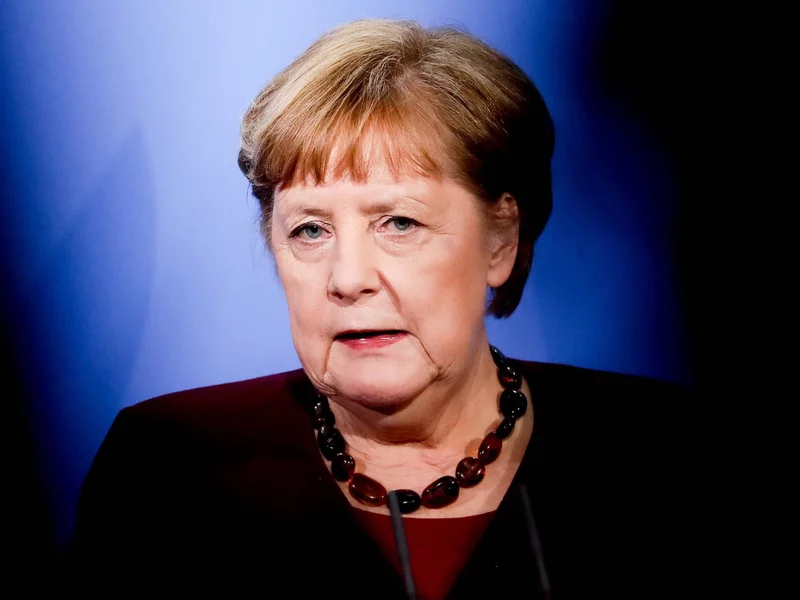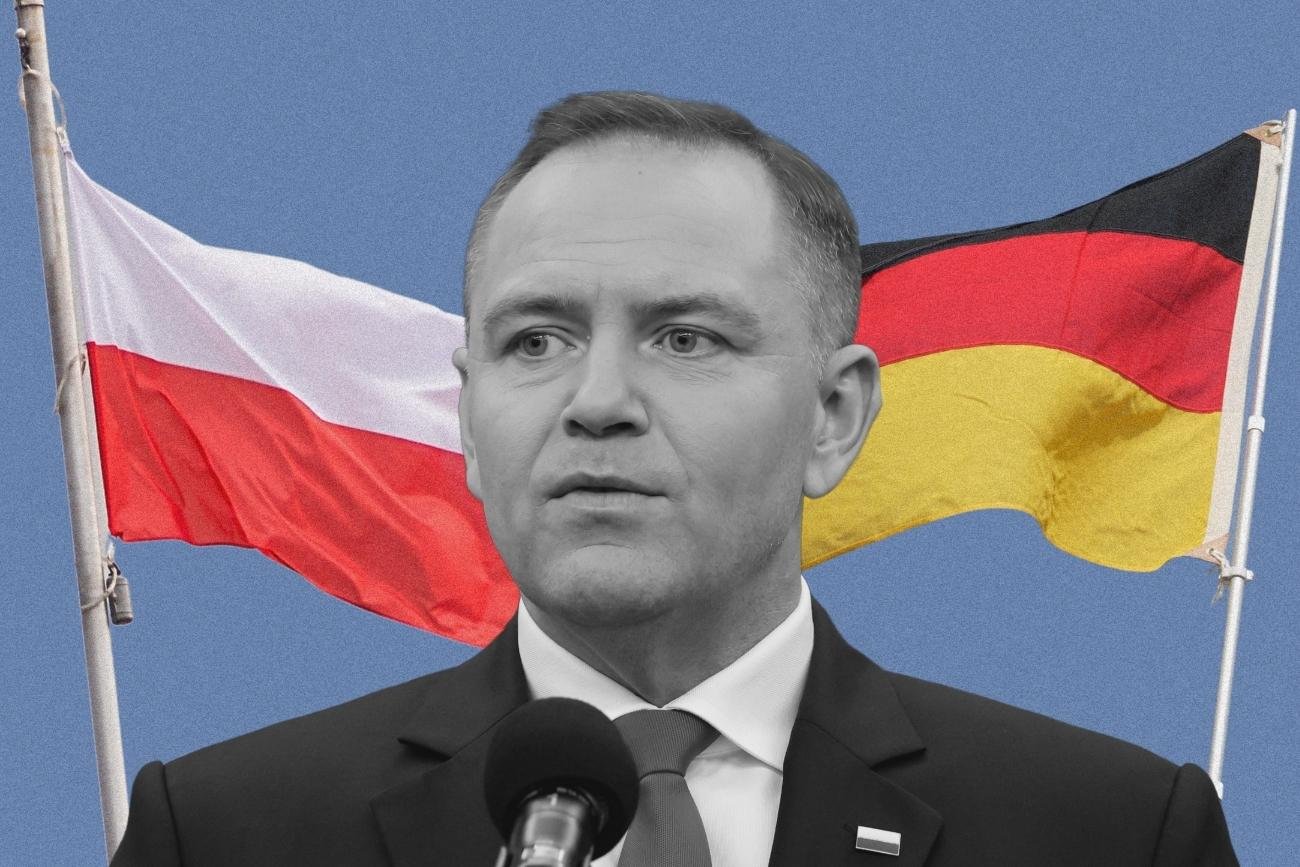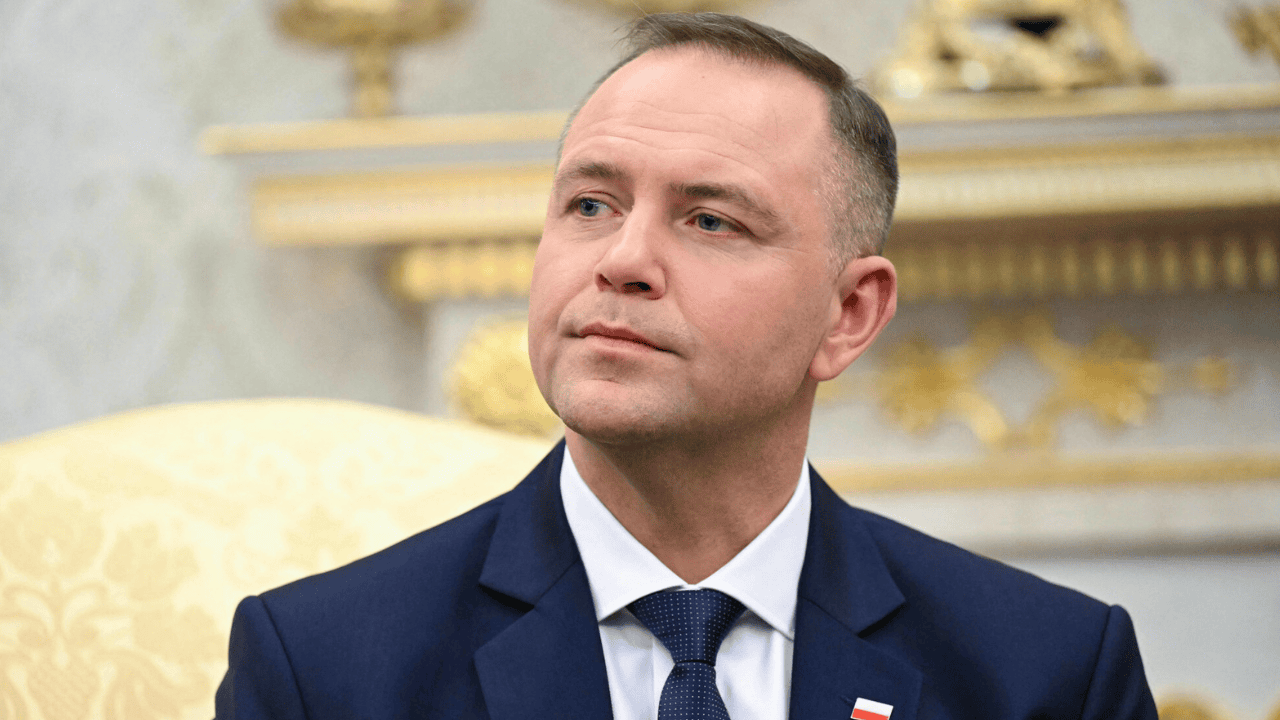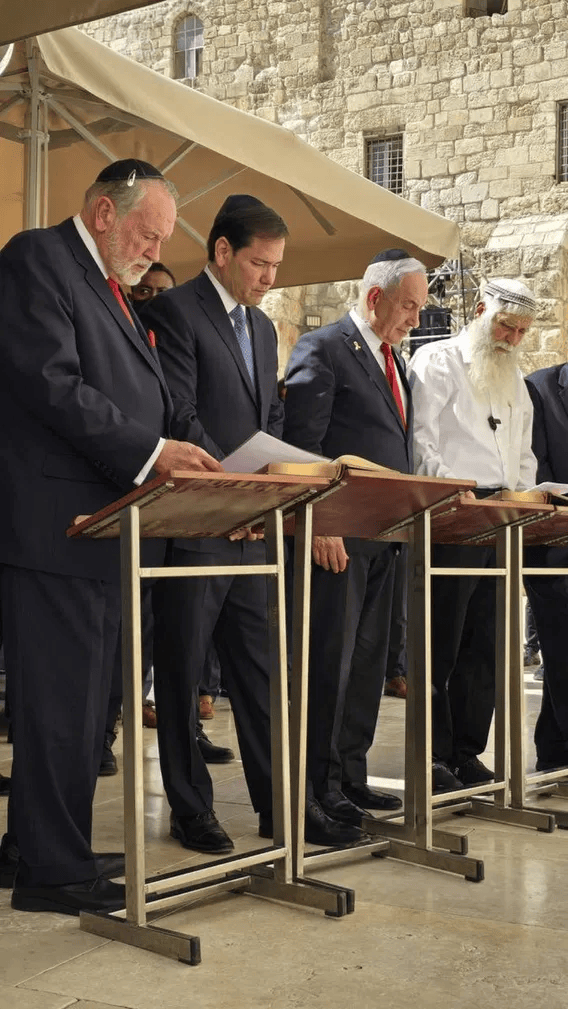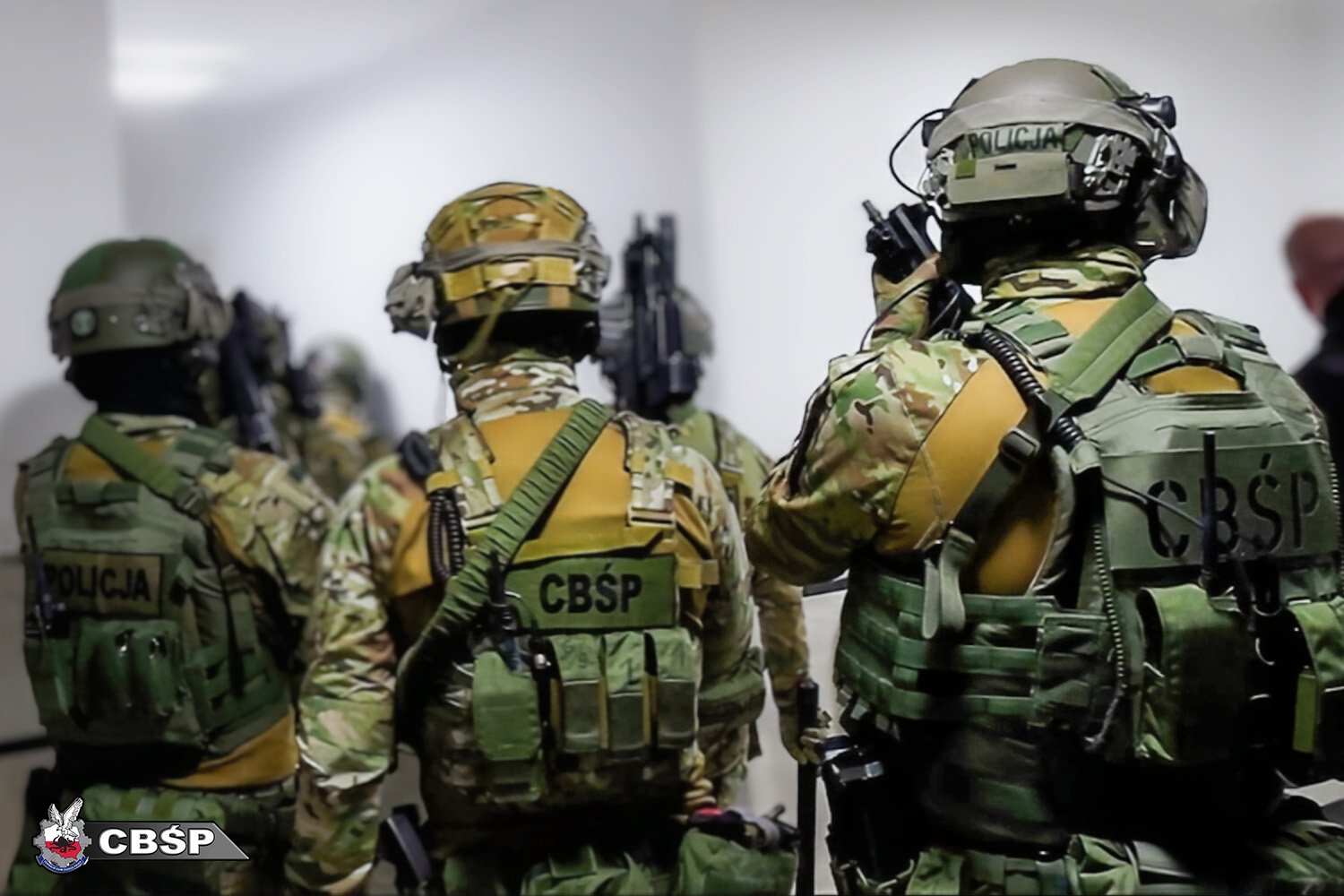Historical calendar: the anniversary of the conflict of Canown. In this fight, the Second Polish Corps in Russia surrendered to the overwhelming German forces.
Today in our calendar we will look at the scenes of this event.
Under the alleged Act of November 5, 1916, The Central States promised to reconstruct Poland to the map and set up the Provisional Council of State, on which Regency Council. These were intended to be the origin of future authorities of the autonomous Polish state, connected with Berlin and Vienna. The first enthusiasm of Poles was effectively torpedoed by the invaders themselves. These countries concluded a peace treaty with the Bolsheviks in Brest on the Bug in February 1918. It besides created the Ukrainian People's Republic.
According to the treaty, any of the Polish lands (including Chełmszczyzna and Podlasie), without any consultation with the Regency Council, were incorporated into Ukraine. In consequence to these events, the Regency Council stated that it did not recognise specified agreements. The 2nd Brigade of the Polish Legions under Joseph Haller, so far fighting on the side of the Austro-Hungarian troops, went even further. The unit officially rebelled and broke through at night from 15 to 16 February under Rarancza to the another side of the Austrian-Russian front.
Near Kamieniec Podolski, legionaries joined the 2nd Polish Corps in Russia. At the head of the combined troops in late March came General Haller, who then reorganized the subordinate troops. However, their situation was uncertain. They were stationed in the hostile territory of the Ukrainian People's Republic, with angry Germans behind their backs and even worse Bolsheviks.
Haller gradually, thankfully granted by the URL authorities began to retreat east to be out of the scope of central state troops. Unfortunately, on 18 April at the order of Gen. Osiński, Poles stopped at Kanowy.
Despite negotiations by General Osiński with the command of the troops of central states concerning the position of the II Polish Corps in Russia, The Germans started concentrating forces around the Polish group. The central states did not intend to tolerate any non-controlled large military forces in Ukraine which, after the Brest Peace, were under their occupation.
At the same time, military authorities of Austro-Hungarian and Germany, wishing to avoid the fight, attempted to disarm the II Corps. The Poles were cut off by transportation of supplies, and the marauders were disarmed. The soundness of the negotiations and the attitude of the Germans, who surrounded the Second Polish Corps, determined the ultimatum, according to which they were to lay down their weapons immediately.
Poles began to prepare for the fight, which amazed the German command and forced them to postpone action against the Second Corps until more forces were gathered. The conflict began at 4:00 a.m. on May 11th. Against 7,000 Poles Germans threw about 12,000 soldiers. At the first impetuous, the enemy managed to surprise and smash the squadron of the 6th Ulan Regiment, thus cutting off 16. The firearm Regiment and won 1 of the Polish batteries.
Soon the Polish troops gathered fierce resistance, which stopped the enemy. An hr after the first strike ended, the Germans undertook a second attack. The fights concentrated around the towns of Jemczya and Kozin. The enemy infantry attacks on Kozin were repulsed by 14. The firearm Regiment, while the Butterflies effectively defended the remains of the broken 5th firearm Division. The Germans who tried to take Stepanka fell into the trap of the masked Polish engineering battalion and suffered dense losses.
Finally, the majority of Germans and the end of ammunition led command of the Second Corps to initiate surrender talks. The fire stopped at 4:00. After short negotiations, the conditions on which Poles were to submit were established. A day later, on May 12, legionaries laid down their weapons, and about 4,750 soldiers were captured. The others, utilizing confusion, escaped. Among the second was General Haller, who made his way to France and took command of the alleged blue army.
Previous entry from our calendar is available Here..

